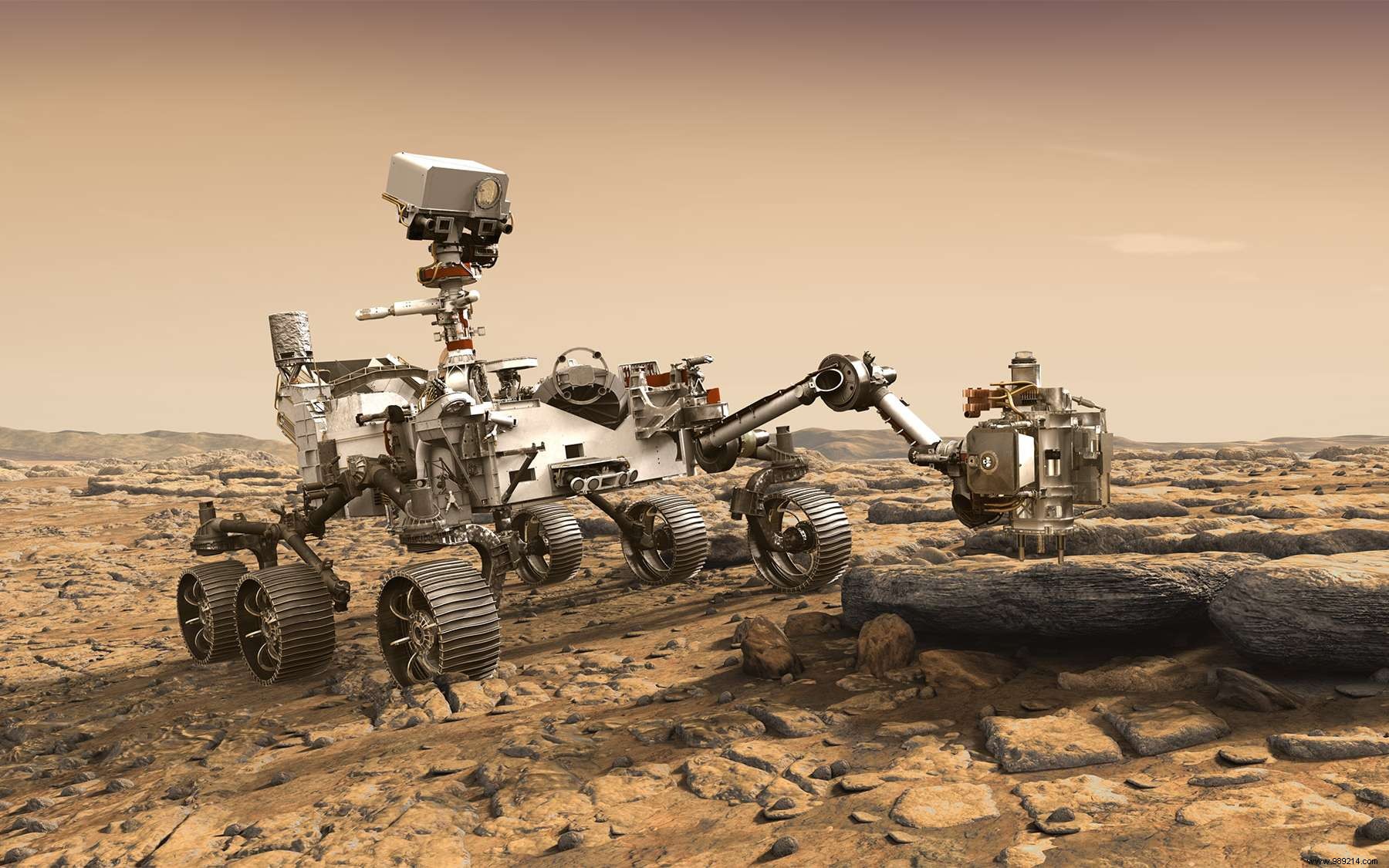NASA's famous Mars 2020 mission includes in its program a return of samples. Thus, these would be added to the other samples already taken in Space. How are they stored and preserved?
Currently and since the end of July 2020, the Perseverance rover continues its journey to the planet Mars. In February 2021, the device should land and begin its mission, namely to take samples from the surface and possibly make it possible todiscover traces of Martian life . The fact is that these samples will then be flown to Earth on a joint NASA and ESA mission. And this return raises several questions, in particular that of their conservation.
Let's first differentiate between meteorites found on Earth and samples taken directly from space. In the first case, the meteorite has already been subjected to exposure to our atmosphere, and therefore to its micro-organisms capable of consuming rocks. However, this is absolutely not the case with direct debits.

Mathieu Gounelle, meteorite specialist and professor at the National Museum of Natural History was interviewed in an article published by Numerama on September 6, 2020. The interested party recalls that the only samples from Space are lunar samples preserved in the United States. These date from the 1970s, were taken by NASA but also brought back by the Soviet Luna probes. In the 2000s, this bank also contains samples from a comet and an asteroid.
Bringing back samples from Mars is interesting since it would allow us to learn more about what we already have. Indeed, some meteorites found on Earth come from Mars but their area of origin remains unknown. Thus, bringing back Martian rocks knowing their place of origin could give information on the samples already available.
However, the main risk of returning to Earth is none other than oxidation. To avoid this, the samples are placed in clean rooms free of dust, i.e. in so-called inert atmospheres , richer in nitrogen. In contact with oxygen, the samples can indeed oxidize (rust) and this could affect their properties.
That said, bringing samples of Martian rock back to our planet will surely prompt experts to take more precautions. So there may be notions of quarantine. Indeed, you should know that for the first time, there will be a microbiological dimension in a sample return. Thus, it will be necessary to further protect the samples already in our possession and prepare laboratories in order to carry out correct analyses.